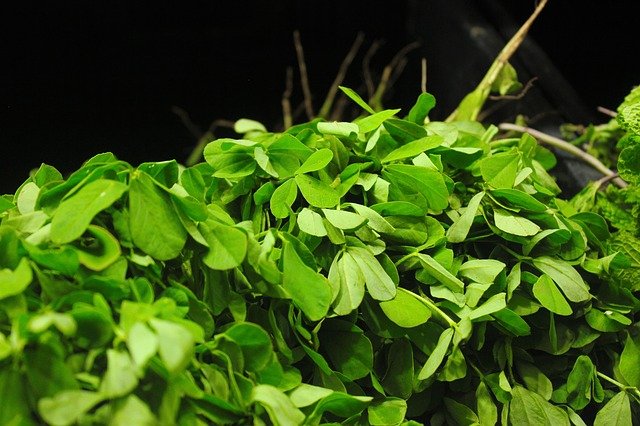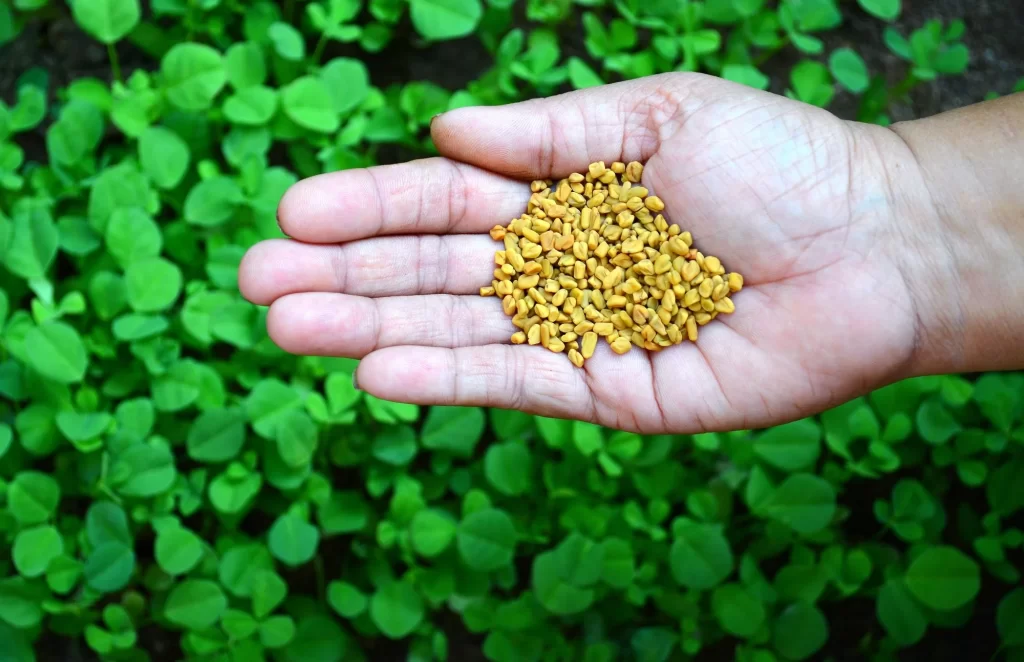What is Fenugreek?
Fenugreek is an annual plant and herb that has been in use for millennia.
Fenugreek belongs to the family Fabaceae and the scientific name is Trigonella foenum-graecum.
- Greek Clover
- Medhika
- Alholva
- Foenugraeci
- Bird’s Foot
- Fenogreco
- Semen Greek Hay
- Bockshornklee
- Methi
- Chandrika,,
- Woo Lu Bar
- Greek Hay Seed
- Hu Lu Ba

Fenugreek Properties
Fenugreek is one of the butterfly families and has pretty pale yellow or light purple flowers.
Sleeves with a length of approximately 20 cm where the seeds are formed from the flowers.
The fenugreek plant smells very spicy just like freshly cut hay.
The taste is slightly bitter and mealy. The seeds are used as cheese and bread spice and in India and many other countries, they are roasted to bring out the full flavor.
The seeds of Fenugreek are approximately 50 cm high, the one-year plant is approximately 2-4 mm in size, very thick, and have a light brown color.
Origin and History of Fenugreek
Fenugreek (Trigonella Foenum Graecum) probably comes from the West Asian region and has been already demonstrated from the time of the first crops in Hindustan and ancient Egypt.
The plant in Mecklenburg as well as in Hanover was widespread in the middle ages and in Thuringia, Franconia, and Saxony.
It was also grown in the 17th and 18th centuries.
Under Emperor Shin nong, it was a well-known herb in 3700 BC.
Lu PA used the seeds as the best slime dissolving means.
In Persia, Arabia, and Egypt on the other hand, it was used around 1550 BC as an excellent remedy against burns.
Fenugreek which is also called deer corn, cow horn, or goat Horn today it’s because it’s slightly humped and bears a resemblance to animal horns.
In Asia, on the other hand, a delicious vegetable or salad is prepared from the leaves of the fenugreek Klees.
Even as cattle feed, the fenugreek is very popular. In our latitudes, the fenugreek is unfortunately little known although it can cure many ailments.
But numerous studies have already been made on this plant, the seeds and the healing could be confirmed scientifically.







